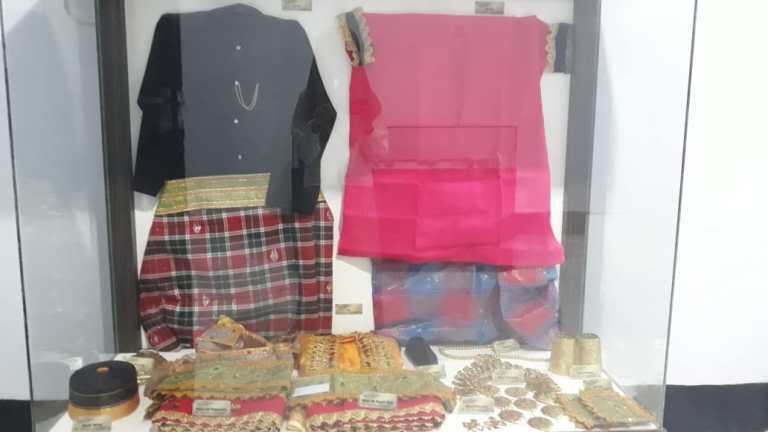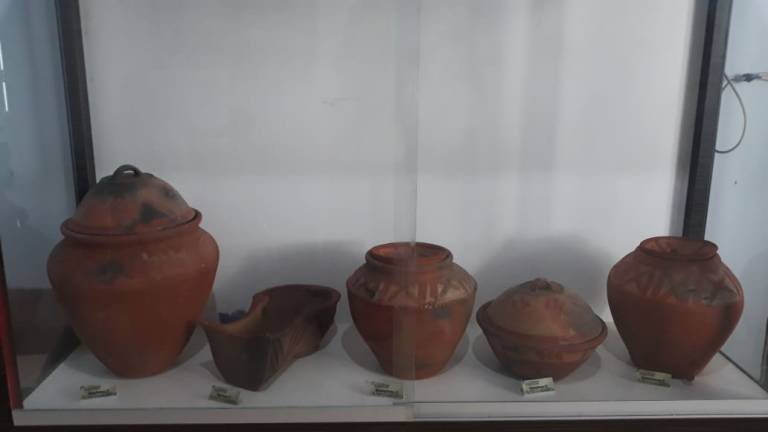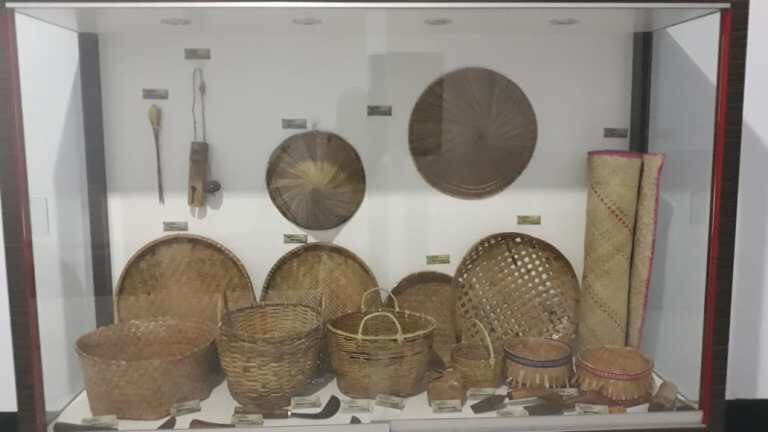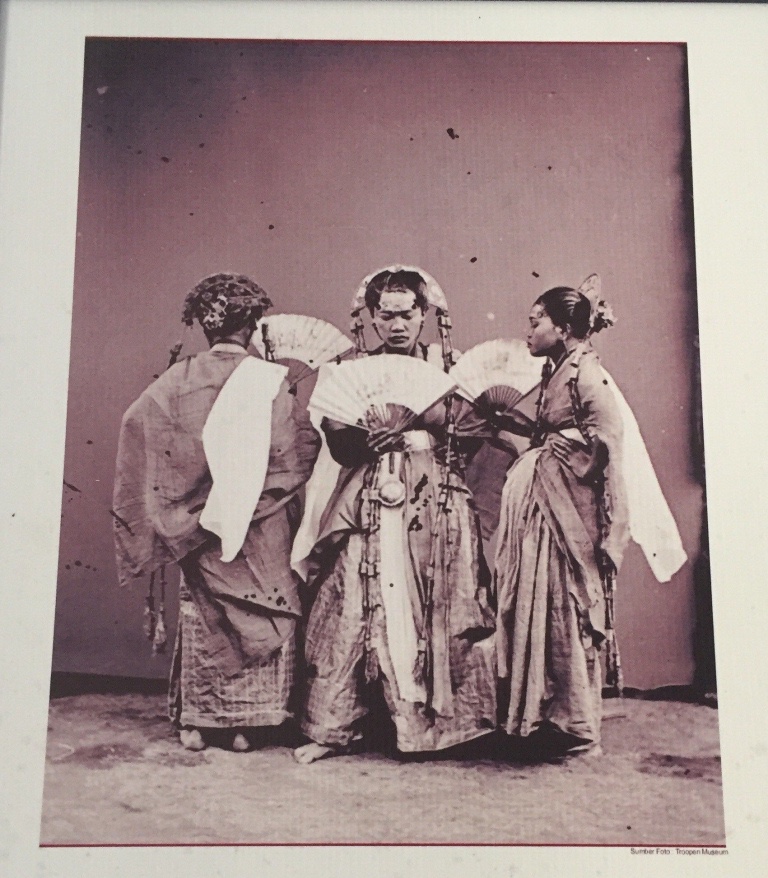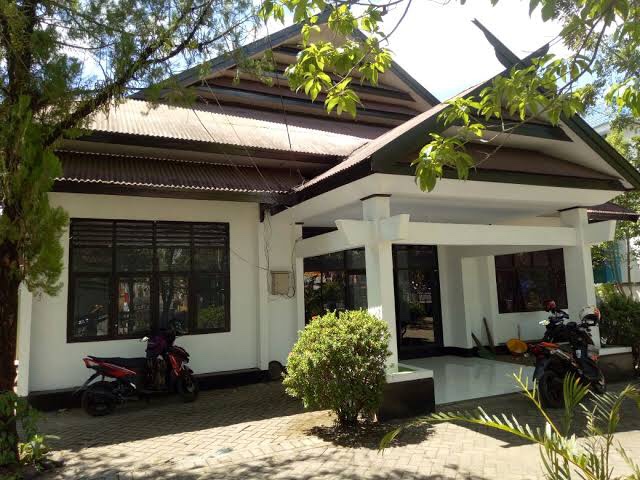Customary clothing of Bugis-Makassar Each traditional clothing has its own uniqueness and is worn on certain occasions, the shape and pattern are different, depending on the ethnicity, certain groups, and their respective regions. These clothes reflect the identity and pride of the wearer. The distinctive feature of the traditional clothes of the Bugis Makassar, South Sulawesi, is the eastern part, which is combined with the local styles of the local community. The traditional clothes of South Sulawesi are as follows:
1. Tutu shirt ‘
The traditional clothes of men in South Sulawesi are called Tutu ‘. At the top, a black coat at the top is called Jas Tutu ‘. The coat is combined with pants or paroci and sarong or lipa garusuk, as well as a headgear, in the form of a songkok. The long-sleeved Tutu ‘jacket has a collared neck and is attached with buttons made of gold or silver. As for the lipa garusuk or lipa sabbe fabrics, generally use striking colors, with characteristics of red and green. This style of clothing is a combination of traditional setemlat clothes with Islamic nuances. The Tutu ‘jacket is usually worn by men along with Songkok Pa’biring and Lipa’ Sabbe. Usually used when attending Bugis Makassar traditional ceremonies and as an ethnic identity. Songkok Pa’biringSongkok Pabiring is a traditional outfit for men in South Sulawesi which is usually worn together with a Tutu coat ‘when attending a Makassar Bugis traditional ceremony and also as an Ethnic Identity. Songkok Pabiring is made of woven rattan and silk thread in gold color. Lipa Sabbe / Sarong Lipa Sabbe is one of the traditional equipment of South Sulawesi which is usually worn with Tutu ‘suits for men and Bodo shirts for women. Lipa ‘Sabbe made from High Silk Fabric.
2. Baju Bodo
The traditional dress of women in South Sulawesi is called the Bodo shirt. The characteristic of the bodo shirt is that it is rectangular and has short sleeves. Some even say that the Bodo shirt is one of the oldest clothes in Indonesia, namely a sarong that covers the waist to the leg and a thin shirt that is bigger than the wearer or loose from Muslim cloth or gauze. The color of the bodo shirt has its own meaning, which shows how old it is. and the dignity of the wearer, namely as follows: Orange means that the wearer is a girl who is 10 years old. Orange and red means that the wearer is a girl who is around 10 to 14 years old. Red means that the user is a child. women who are around 17 to 25 years old. White means that the wearer is a woman from the maid and shaman. Green means that the wearer is a woman from the aristocracy. Purple means that the wearer is a widow. Bodo dress is one of the traditional clothing that is usually worn by the women of the Bugis Makassar tribe at the time of the up traditional events as well as ethnic identity.
However, currently the use of Baju Bodo is rarely found. Even so, this outfit is still used by the bride at the wedding reception. Even the bridesmaids, who are usually children, are called passappi ‘and the reception committee still wears bodily clothes. Traditional Dress for the Bride and Groom Like every region in general, the Bugis-Makassar tribe also has traditional bridal clothing which characterizes and identifies the tribe. The traditional clothes of the Bugis-Makassar tribe of brides have many similarities in the clothes of men and women, the difference is only in the accessories, where the traditional dress of the bride and groom is more than that of the men. The explanation of the traditional bridal clothing equipment of South Sulawesi is as follows:
- Saloko Pinang Goyang Saloko Pinang Goyang is one part of the bride’s outfit which is a complementary head accessory. Saloko Pinang is usually also known as the Crown of Women which is usually used in traditional ceremonies and as an ethnic identity.

